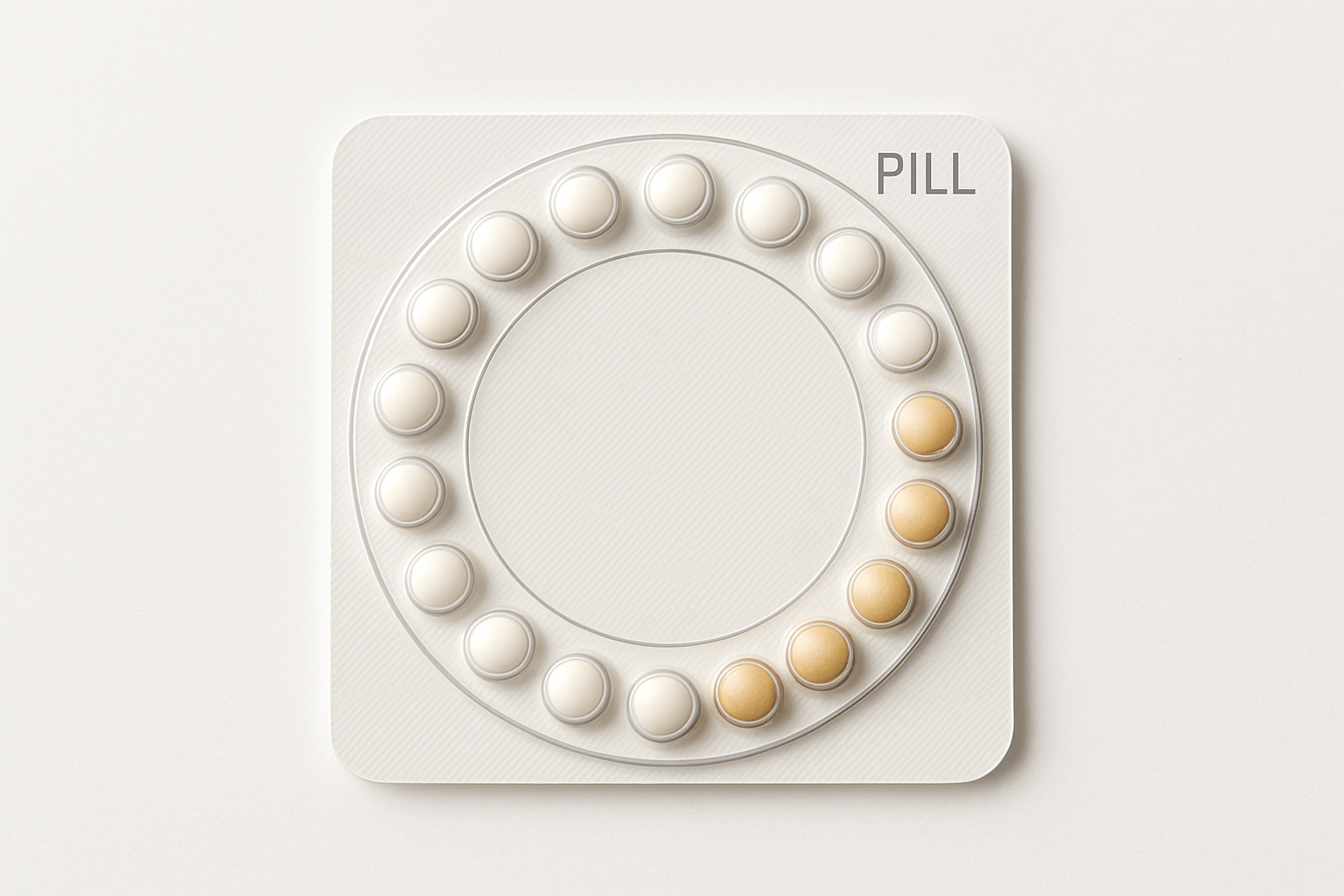
Can birth control affect my breastmilk supply?
Does Birth Control Affect Breastmilk Supply? What New Moms Should Know
Many new parents wonder whether starting birth control will affect their breastmilk supply. While the answer isn’t one-size-fits-all, research shows that certain types of birth control can impact milk production, especially in the early weeks after birth. Understanding how different methods work—and their potential effects—can help you choose the option that best supports your breastfeeding goals.
How Birth Control Works
Most modern birth control methods work by preventing ovulation, thickening cervical mucus, or changing the uterine lining. Hormonal methods use synthetic versions of estrogen, progesterone (progestin), or both. Non-hormonal options rely on barriers or copper to prevent pregnancy.
How Hormones Can Affect Milk Supply
Breastmilk production is primarily driven by the hormones prolactin and oxytocin. Estrogen-containing contraceptives may lower prolactin levels, which can reduce milk supply—especially if started before breastfeeding is well established. Progestin-only options are less likely to have this effect, particularly after the first 6 weeks postpartum.

Breastfeeding-Friendly Birth Control Options
The following are generally considered safe for breastfeeding parents and less likely to impact supply:
- Progestin-only pills (“mini pill”) – Typically safe after the first few weeks postpartum.
- Progestin-only injection (Depo-Provera) – Often used after 6 weeks postpartum; some women notice supply changes.
- Hormonal IUD (low-dose progestin) – Can be placed after birth; minimal hormone release into the bloodstream.
- Implant (etonogestrel) – Long-acting and generally breastfeeding-compatible.
Want more breastfeeding guidance?
Birth Control Methods to Use with Caution
Combined hormonal methods—those that contain both estrogen and progestin—are more likely to affect milk supply, especially if started in the first 6–8 weeks postpartum. These include:
- Combined oral contraceptive pills
- Vaginal ring
- Transdermal patch
If you choose one of these, your provider may recommend waiting until your breastfeeding routine is firmly established.
Non-Hormonal Choices
Non-hormonal birth control methods have no direct effect on milk production. These include:
- Copper IUD
- Condoms
- Diaphragm or cervical cap
- Spermicide
- Fertility awareness methods (tracking cycle and ovulation)
Talking to Your Healthcare Provider
Your ideal birth control method depends on your health history, breastfeeding goals, and personal preferences. Discuss with your OB-GYN, midwife, or lactation consultant before starting any new method. They can help you weigh the benefits, possible side effects, and timing.
This video is from Nurtured Nest Contributor, Margaret Fryer, MSN, CNM, IBCLC.
It is part of Nurtured Nest's Breastfeeding 101 education.
Want more breastfeeding guidance?
Our Infant Feeding course covers breastfeeding tips, formula feeding, pumping, and more—so you can feel confident in your feeding journey.
Explore the Infant Feeding Course →
